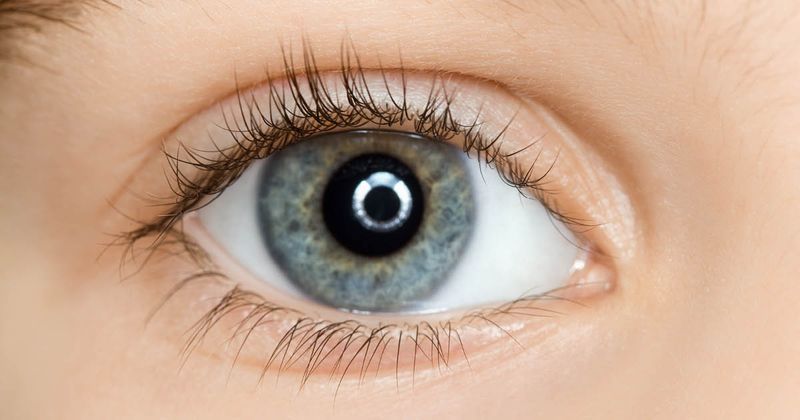Low-level red light, atropine result in similar vascular changes in premyopic children
Key takeaways:
- Increases in superficial retinal vascular density were similar between children treated with repeated low-level red light vs. atropine.
- Deep retinal vascular density increased only in the RLRL group.
Treatment with low-level red light therapy and atropine led to similar increases in superficial retinal vascular density in premyopic children, whereas only red light therapy affected deep retinal vascular density, according to research.
“Many studies showed that low-dose atropine could effectively delay the progression of myopia in children,” Lili Shang, from the department of ophthalmology at the First Affiliated Hospital of Zhengzhou University, and colleagues wrote in Translational Vision Science & Technology. “Additionally, repeated low-level red light (RLRL) is a newly emerging method to effectively control myopia progression. However, the mechanisms by which these two methods delay myopia progression remain unclear.”

In a prospective, two-part crossover trial, 69 children aged 6 to 12 years with cycloplegic spherical refraction greater than 0.75 D and no more than 0.50 D were randomly assigned to RLRL therapy (n =35) or 0.01% atropine (n = 34). Children were treated for two 6-month periods, with a 1-month washout period between.
Researchers measured superficial retinal vascular density, deep retinal vascular density and retinal thickness of the macular zone — divided into fovea, parafovea and perifovea — at baseline and 6 months using swept-source OCT.
After 6 months, spherical equivalent refraction (SER) changes of –0.04 ± 0.17 D and –0.15 ± 0.24 D were reported in the RLRL and atropine groups, respectively (P = .04), with axial length changes of 0.08 ± 0.08 mm and 0.16 ± 0.14 mm (P = .01).
During the 1-month recovery period between treatments, SER changes were –0.05 ± 0.05 D in the RLRL group and –0.06 ± 0.07 D in the atropine group, while axial length changes were 0.02 ± 0.06 mm and 0.04 ± 0.05 mm, respectively, with no significant difference between the two groups.
Notably, the whole, parafoveal and perifoveal superficial retinal vascular density significantly increased at 6 months in both groups (P < .05), although the changes between groups did not vary significantly. Foveal density remained stable in both groups.
In addition, the whole and perifoveal deep retinal vascular density increased significantly in the RLRL group, with no significant differences reported in foveal and parafoveal density. Overall, deep retinal vascular density remained stable in the atropine group.
Researchers reported no significant differences in retail thickness changes between groups.
“The present study found that [superficial retinal vascular density] increased with a similar magnitude in the RLRL and 0.01% atropine groups, whereas [deep retinal vascular density] increased only in the former group; there were no significant changes in [retinal thickness] and no documented functional or structural damage in either group after 6 months of treatment in premyopic children,” the researchers wrote. “Further research is required to understand the long-term effects and potential molecular mechanisms.”
